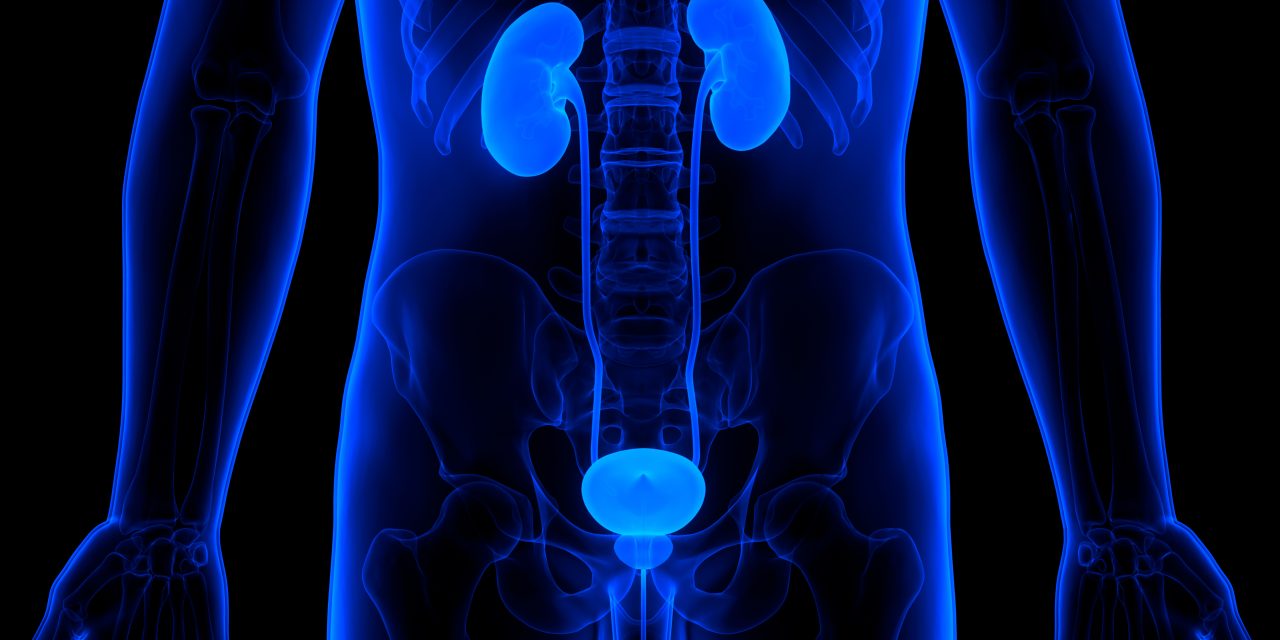Urinary tract infection is treated by the antibiotic sensitivity pattern of uropathogens in our population. Present infection cases have been showing an increase in resistance to the current first-line of antibiotics. The objective of this study is to determine the resistance of antibiotics in Escherichia coli in a tertiary care center.
This is a descriptive cross-sectional study done in Kathmandu Medical College Teaching Hospital from October 2018 to February 2019. The sample size was calculated, and convenient sampling was done. Patients with urine culture positive (i.e., Colony-forming unit >105) were included in the study. All positive samples were tested for antibiotics sensitivity and resistance. The resistance to the antibiotics was recorded using Statistical Package for Social Sciences version 20. Point estimate at 95% confidence interval was calculated along with frequency and proportion for binary data.
Out of 100 samples, the highest number of organisms isolated was Escherichia coli, 71 (71%). Escherichia coli showed the highest resistance to drugs like Norfloxacin, 37 (52.11%), AmoxicillinClavulanic acid 37 (52.11%), followed by Co-trimoxazole 32 (45.1%), Ceftriaxone, 24 (33.8%), and Ciprofloxacin 23 (32.3%).
Escherichia coli showed the highest resistance to commonly used antibiotics like Norfloxacin, Amoxicillin-Clavulanic acid, Co-trimoxazole, Ceftriaxone, and Ciprofloxacin.
Antibiotic Resistance to Escherichia coli among Urine Culture-Positive Patients in a Tertiary Care Hospital in Nepal: A Descriptive Cross-sectional Study.


